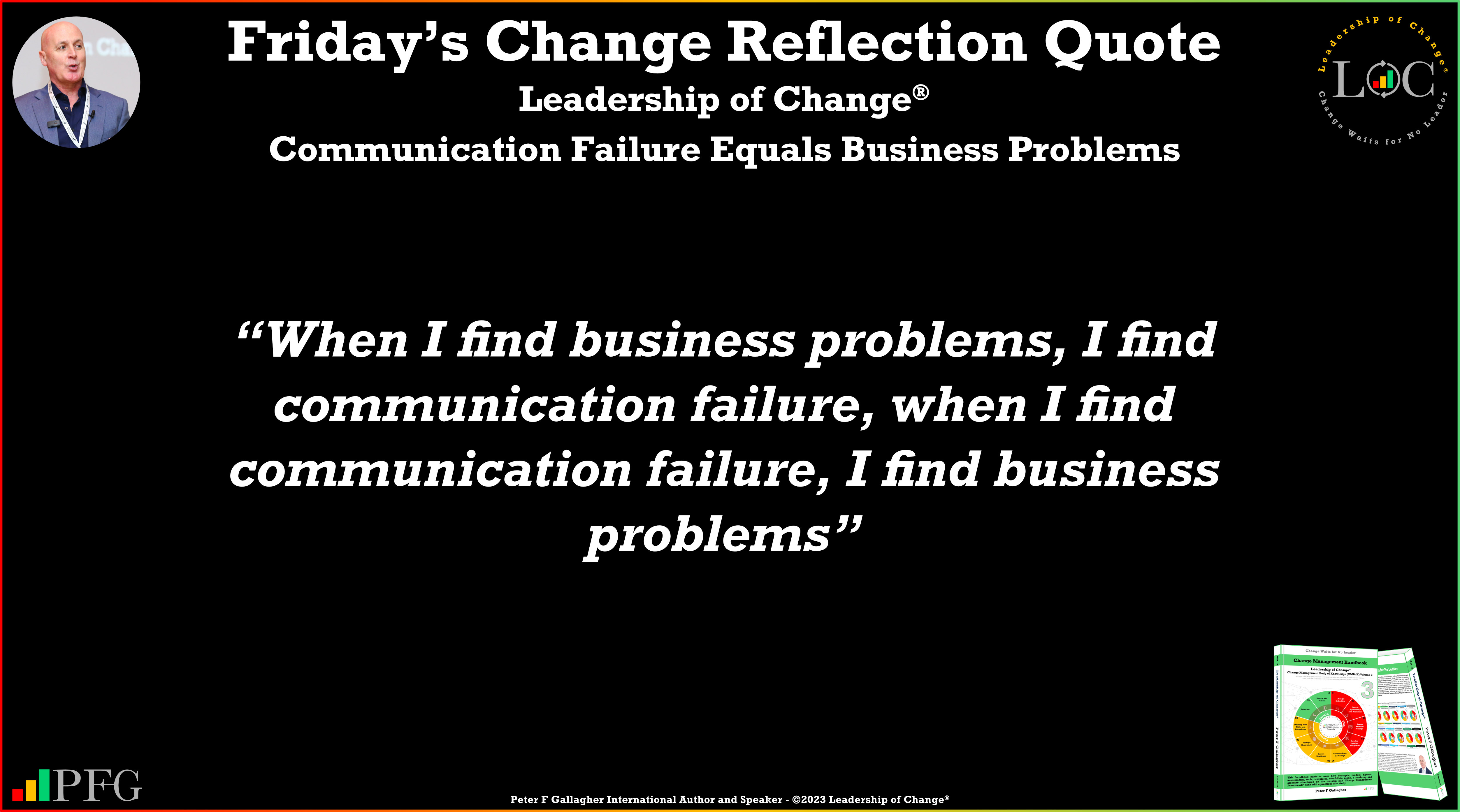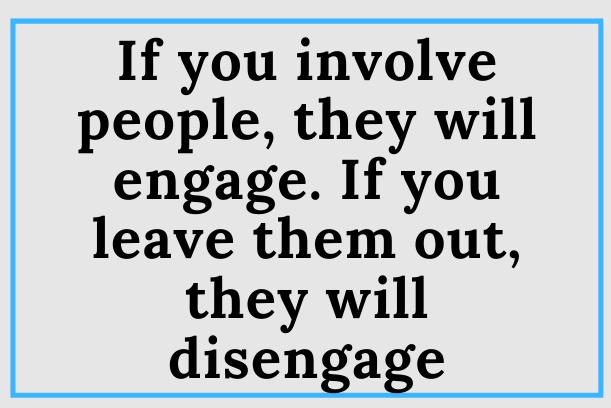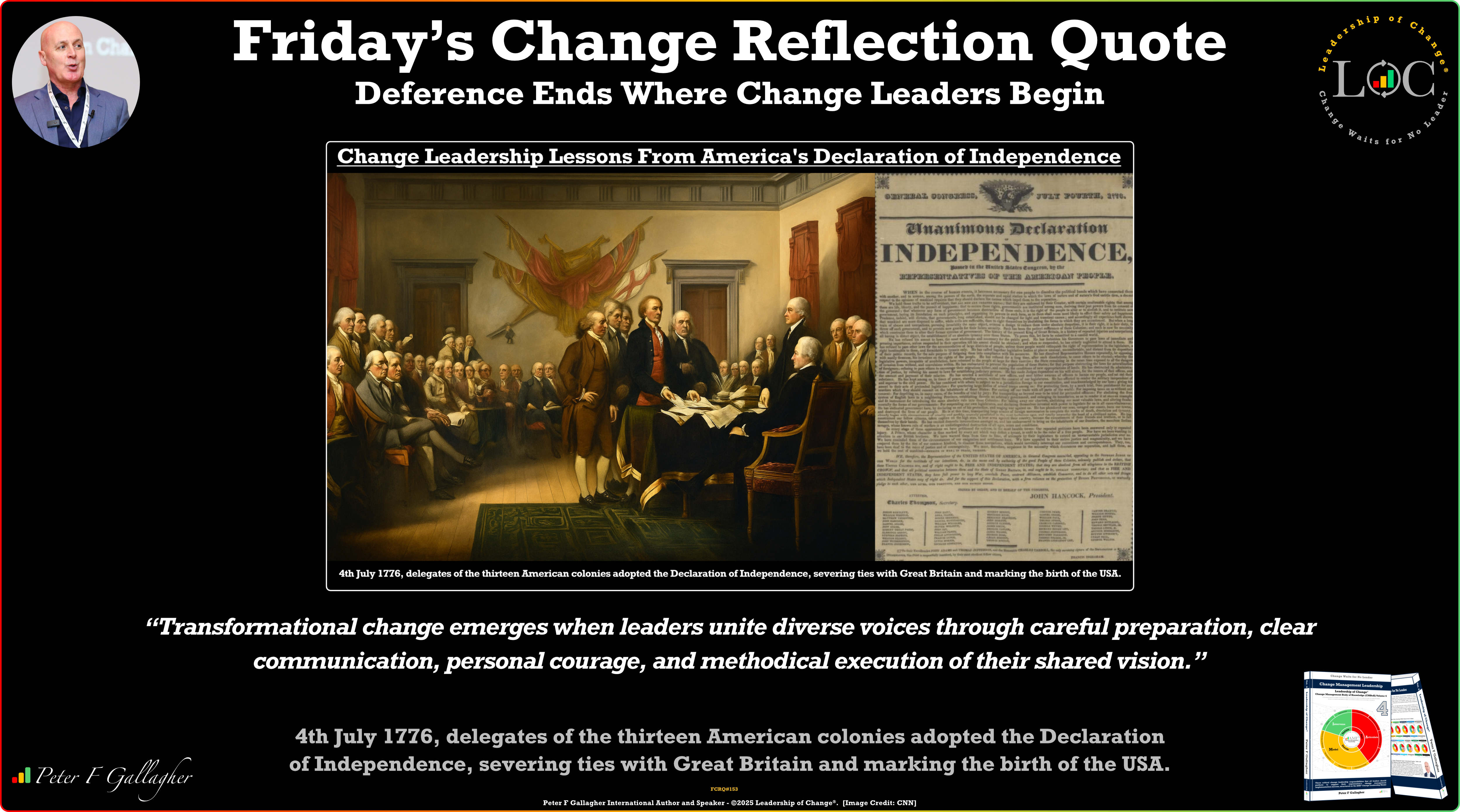Apr28

Mutiny on the Bounty
Happy Friday!
On this day, April 28, 1789, acting-Lieutenant Fletcher Christian led a bloodless mutiny on the Royal Navy vessel HMS Bounty, commanded by Lieutenant William Bligh, in the South Pacific Ocean. The result was that Captain Bligh and eighteen of his loyal crew members were put in an open boat and set adrift in the Pacific by the mutineers. Captain Bligh navigated more than 3,500 nautical miles, taking his men safely to shore in Timor in the East Indies. This was considered a staggering feat of navigation, given that they had been set adrift without charts. After Bligh reached England in April 1790, the Admiralty despatched HMS Pandora to apprehend the mutineers. Fourteen were captured in Tahiti and imprisoned on board Pandora, but Christian’s party was not found and was believed to have hidden on Pitcairn Island.
Captain Bligh might have been a brilliant seaman, but his leadership style played a significant role in the crew’s rebellion. He had an authoritarian approach to leadership and showed little empathy or consideration for the well-being of his crew. Captain Bligh was notorious for stealing food from his crew and even hitting his officers. While this was one of the main reasons for the mutiny on the Bounty, there was also a lack of communication between Captain Bligh and his crew. Bligh did not communicate his decisions, plans, or expectations clearly to his crew, which created confusion and resentment. A business leader must communicate clearly with their team to ensure that everyone understands what is expected of them. Effective communication is essential for smooth day-to-day operations and especially during organisational change implementation. Communication Failure Equals Business Problems.
“When I find business problems, I find communication failure, when I find communication failure, I find business problems”
With over three decades of international experience in business operations and project management, I have come to recognise that communication breakdown is at the core of most business problems. Employees may fail to comprehend business strategies, their roles within the organisation, or the bigger picture due to inadequate communication. It can be a lack of communication between two functions, headquarters, and satellite divisions, or two individuals at loggerheads. It can be operating procedures not communicated properly across an organisation or insufficient communication of a change. The result is usually the same: poor financial performance, damaged relationships, disgruntled employees and customers, etc.
Further Reading: Change Management Handbook - Leadership of Change Volume 3
Peter consults, speaks, and writes on the Leadership of Change®. He advises CEOs on how to prepare and align their corporate leadership teams to successfully lead their organisation's change.
For further reading please visit our websites: https://www.a2b.consulting https://www.peterfgallagher.com Amazon.com: Peter F Gallagher: Books, Biography, Blog, Audiobooks, Kindle
Leadership of Change® Body of Knowledge Volumes: Change Management Body of Knowledge (CMBoK) Books: Volumes 1, 2, 3, 4, 5, 6, 7, A, B, & C available on both Amazon and Google Play:
~ Leadership of Change® Volume 1 - Change Management Fables
~ Leadership of Change® Volume 2 - Change Management Pocket Guide
~ Leadership of Change® Volume 3 - Change Management Handbook
~ Leadership of Change® Volume 4 - Change Management Leadership
~ Leadership of Change® Volume 5 - Change Management Adoption
~ Leadership of Change® Volume 6 - Change Management Behaviour
~ Leadership of Change® Volume 7 - Change Management Sponsorship
~ Leadership of Change® Volume A - Change Management Gamification - Leadership
~ Leadership of Change® Volume B - Change Management Gamification - Adoption
Coming soon:
~ Leadership of Change® Volume C - Change Management Gamification - Behaviour
~ Leadership of Change® Volume D - Change Management Gamification - Sponsorship
~ Leadership of Change® Volume E - Change Management Gamification - Leadership Teams
Keywords: Leadership, Change Management, Business Strategy
 Listen First, Understand Second, Speak Third
Listen First, Understand Second, Speak Third How To Engage With Others
How To Engage With Others Friday’s Change Reflection Quote - Leadership of Change - Deference Ends Where Change Leaders Begin
Friday’s Change Reflection Quote - Leadership of Change - Deference Ends Where Change Leaders Begin The Corix Partners Friday Reading List - July 4, 2025
The Corix Partners Friday Reading List - July 4, 2025 Innovating Local Governments with Govtech: Insights from Amanda Renteria, CEO, Code for America
Innovating Local Governments with Govtech: Insights from Amanda Renteria, CEO, Code for America